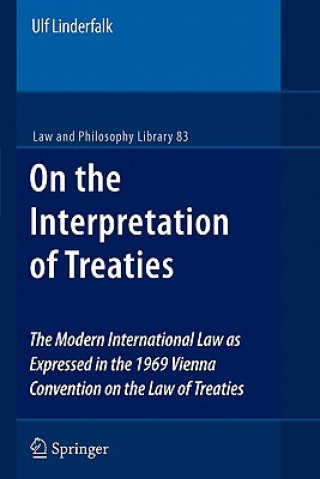
Kód: 01975757
On the Interpretation of Treaties
Autor Ulf Linderfalk
§In the practice of modern international law, disputes as to the meaning of specific treaty provisions are a frequent occurrence. It is the assumption underlying any such dispute that in a process of interpretation a distinction h ... celý popis
- Jazyk:
 Angličtina
Angličtina - Vazba: Brožovaná
- Počet stran: 414
Nakladatelství: Springer, 2010
- Více informací o knize

5094 Kč

Skladem u dodavatele v malém množství
Odesíláme za 12-17 dnů
Potřebujete více kusů?Máte-li zájem o více kusů, prověřte, prosím, nejprve dostupnost titulu na naši zákaznické podpoře.
Přidat mezi přání
Mohlo by se vám také líbit
-
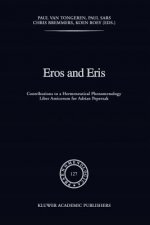
Eros and Eris
5094 Kč -

Dear Dolly
276 Kč -

Duran Duran
1064 Kč -

Open Water
276 Kč -

Batman: Last Knight On Earth
581 Kč -

Leaf Supply Guide to Creating Your Indoor Jungle
678 Kč -

Nautical Quilts
437 Kč -

Great Musicians
677 Kč -

The Jane Austen Collection
1371 Kč -

The Picture of Dorian Gray
234 Kč -
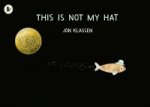
This Is Not My Hat
234 Kč -

Lunacy of Modern Finance Theory and Regulation
2154 Kč -

Mr Mercedes
254 Kč -
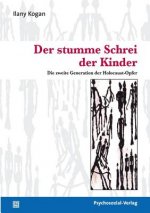
stumme Schrei der Kinder
626 Kč -

Original Album Series
498 Kč -

Harry Potter und der Gefangene von Askaban
296 Kč -

Hayes Street
935 Kč -

Regenwandern
575 Kč -

Oblicza geografii 1 Podręcznik Zakres rozszerzony
432 Kč -
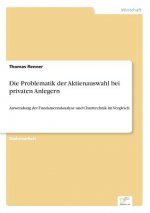
Problematik der Aktienauswahl bei privaten Anlegern
2578 Kč -

Autonomie Und Steuerung Verselbstandigter Behoerden
1977 Kč
Darujte tuto knihu ještě dnes
- Objednejte knihu a zvolte Zaslat jako dárek.
- Obratem obdržíte darovací poukaz na knihu, který můžete ihned předat obdarovanému.
- Knihu zašleme na adresu obdarovaného, o nic se nestaráte.
Více informací o knize On the Interpretation of Treaties
Nákupem získáte 509 bodů
 Anotace knihy
Anotace knihy
§In the practice of modern international law, disputes as to the meaning of specific treaty provisions are a frequent occurrence. It is the assumption underlying any such dispute that in a process of interpretation a distinction has to be made between the legally correct and incorrect interpretation result. The legal correctness of an interpretation result is determined by reference to the relevant international law, as reflected in the 1969 Vienna Convention on the Law of Treaties (VCLT), Articles 31-33. The result of an interpretation process is correct when it can be successfully defended as being in accordance with the provisions of VCLT Articles 31-33. The result is incorrect when it cannot be so defended. §Traditionally, the substance of Articles 31-33 has been described by reference to the various means of interpretation enumerated in said provisions, and little more than that. As argued in this book, more detail is required. On closer inspection, not only does the Vienna Convention provide information on the interpretation data (or means of interpretation) to be used by appliers when interpreting a treaty provision. It also instructs the appliers how, by using each datum, they shall argue to arrive at a conclusion about the meaning of the interpreted provision; and, to some extent, it determines the weight that different data of interpretation shall be afforded when appliers discover that, depending on the specific datum they bring to bear on the interpretation process, the conclusion arrived at will be different. Hence, the regime laid down in VCLT Articles 31-33 will have to be described as a system of rules. §This book investigates the contents and structure of this system. By importing knowledge from linguistics, and pragmatics in particular, a model is established giving representation to the concept of a rule of interpretation. Drawing on this model, the book then proceeds to reconstruct the contents of the various rules of interpretation. To facilitate reference, the conclusions suggest a list of 44 rules, all of which can be invoked by appliers citing VCLT Articles 31-33.This is the first comprehensive account of the modern international law of treaty interpretation expressed in 1969 Vienna Convention, Articles 31-33. As stated by the anonymous referee, it is the most theoretically advanced and analytically refined work yet accomplished on this topic. The style of writing is clear and concise, and the organisation of the book meets the demands of scholars and practitioners alike.In the practice of modern international law, disputes as to the meaning of specific treaty provisions are a frequent occurrence. It is the assumption underlying any such dispute that in a process of interpretation a distinction has to be made between the legally correct and incorrect interpretation result. The legal correctness of an interpretation result is determined by reference to the relevant international law, as reflected in the 1969 Vienna Convention on the Law of Treaties (VCLT), Articles 31-33. The result of an interpretation process is correct when it can be successfully defended as being in accordance with the provisions of VCLT Articles 31-33. The result is incorrect when it cannot be so defended.§Traditionally, the substance of Articles 31-33 has been described by reference to the various means of interpretation enumerated in said provisions, and little more than that. As argued in this book, more detail is required. On closer inspection, not only does the Vienna Convention provide information on the interpretation data (or means of interpretation) to be used by appliers when interpreting a treaty provision. It also instructs the appliers how, by using each datum, they shall argue to arrive at a conclusion about the meaning of the interpreted provision; and, to some extent, it determines the weight that different data of interpretation shall be afforded when appliers discover that, depending on the specific datum they bring to bear on the interpretation process, the conclusion arrived at will be different. Hence, the regime laid down in VCLT Articles 31-33 will have to be described as a system of rules.§This book investigates the contents and structure of this system. By importing knowledge from linguistics, and pragmatics in particular, a model is established giving representation to the concept of a rule of interpretation. Drawing on this model, the book then proceeds to reconstruct the contents of the various rules of interpretation. To facilitate reference, the conclusions suggest a list of 44 rules, all of which can be invoked by appliers citing VCLT Articles 31-33.
 Parametry knihy
Parametry knihy
Zařazení knihy Knihy v angličtině Law Jurisprudence & general issues Jurisprudence & philosophy of law
5094 Kč
- Plný název: On the Interpretation of Treaties
- Podnázev: The Modern International Law as Expressed in the 1969 Vienna Convention on the Law of Treaties
- Autor: Ulf Linderfalk
- Jazyk:
 Angličtina
Angličtina - Vazba: Brožovaná
- Počet stran: 414
- EAN: 9789048176144
- ISBN: 904817614X
- ID: 01975757
- Nakladatelství: Springer
- Hmotnost: 668 g
- Rozměry: 157 × 233 × 31 mm
- Datum vydání: 22. November 2010
Oblíbené z jiného soudku
-

Juristische Methodenlehre
1959 Kč -

The Rule of Law
303 Kč -
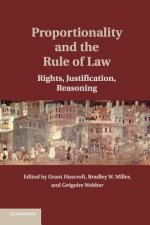
Proportionality and the Rule of Law
1402 Kč -
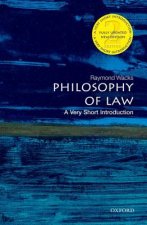
Philosophy of Law: A Very Short Introduction
250 Kč -

Majesty of the Law
429 Kč -

Law's Empire
1003 Kč -
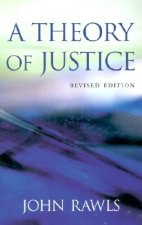
Theory of Justice
1072 Kč -

Little Book of Restorative Justice
176 Kč -
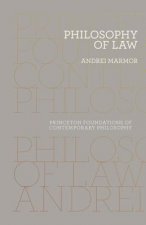
Philosophy of Law
731 Kč -
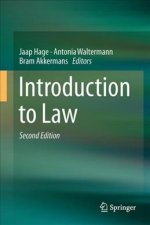
Introduction to Law
1973 Kč -
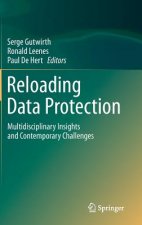
Reloading Data Protection
5094 Kč -

On Law and Justice
2086 Kč -
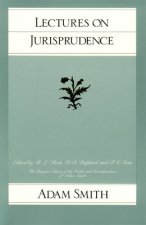
Lectures on Judisprudence
460 Kč -
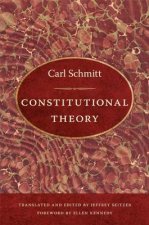
Constitutional Theory
906 Kč -
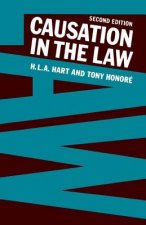
Causation in the Law
3342 Kč -

Understanding Law
950 Kč -
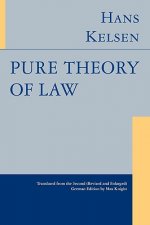
Pure Theory of Law
1321 Kč -

Primer on Legal Reasoning
1167 Kč -
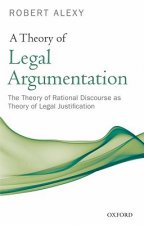
Theory of Legal Argumentation
1870 Kč -

Legal Analyst - A Toolkit for Thinking about the Law
939 Kč -

Law
179 Kč -

Hugo Grotius on the Law of War and Peace
3456 Kč -

Critical Introduction to Law
1864 Kč -

Lloyd's Introduction to Jurisprudence
1403 Kč -

Dworkin and His Critics - With Replies by Dworkin
1840 Kč -

New Introduction to Jurisprudence
1300 Kč -

Introduction to Forensic Linguistics
1613 Kč -

Dignity in the Legal and Political Philosophy of Ronald Dworkin
2086 Kč -

Equality, Responsibility, and the Law
1980 Kč -

Ecology of Law: Toward a Legal System in Tune with Nature and Community
646 Kč -
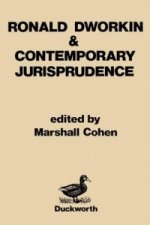
Ronald Dworkin and Contemporary Jurisprudence
1493 Kč -
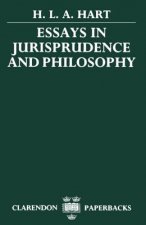
Essays in Jurisprudence and Philosophy
2683 Kč -
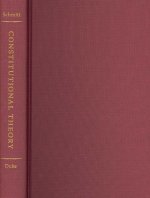
Constitutional Theory
4106 Kč -

Hugo Grotius on the Law of War and Peace
1661 Kč -
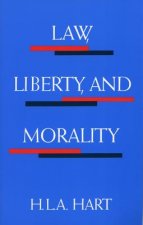
Law, Liberty and Morality
542 Kč -

Einführung in das deutsche Recht
763 Kč -
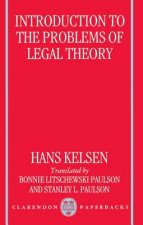
Introduction to the Problems of Legal Theory
2683 Kč -
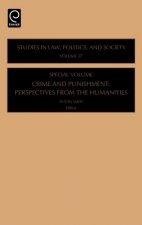
Crime and Punishment
4649 Kč -
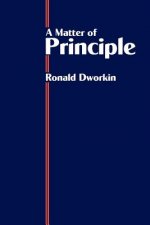
Matter of Principle
2022 Kč -
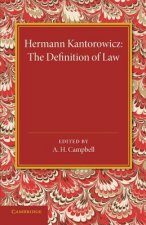
Definition of Law
1257 Kč -

Hans Kelsen's Normativism
679 Kč -
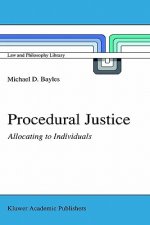
Procedural Justice
5094 Kč -
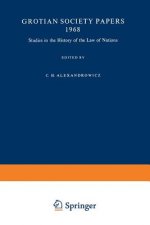
Studies in the History of the Law of Nations
1681 Kč -

Faces of Injustice
678 Kč -
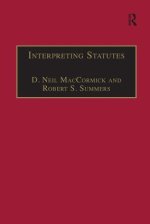
Interpreting Statutes
1927 Kč -

Essays in Legal Philosophy
4440 Kč -
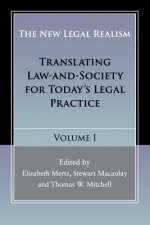
New Legal Realism: Volume 1
1363 Kč -
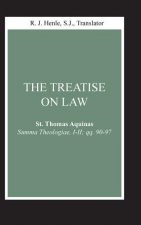
Summa Theologiae
4124 Kč -

Post-Analytical Approach to Philosophy and Theory of Law
2128 Kč
Osobní odběr Praha, Brno a 12903 dalších
Copyright ©2008-24 nejlevnejsi-knihy.cz Všechna práva vyhrazenaSoukromíCookies


 Vrácení do měsíce
Vrácení do měsíce 571 999 099 (8-15.30h)
571 999 099 (8-15.30h)